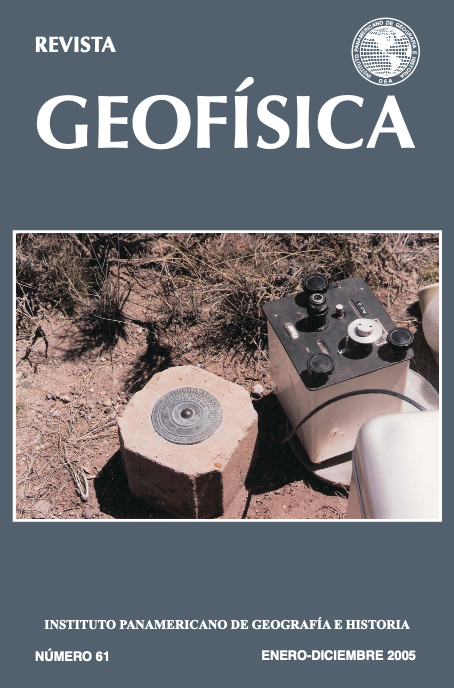Variation in Sediment Temperature in the Claromecó Creek Basin Energy Balance of the Sands
Main Article Content
Abstract
The thermal variation of the sediments and the energy balance components are computed for a sandy beach in the Claromeco estuary located in the South-East of the Buenos Aires province Argentina. The study covers a seven days period in March 1999. Soil, air and water temperatures were measured continuously employ- ing thermistors at different heights and depth. An air sensor was installed in a shady, ventiled location 1.9 m above the sand.
Soil temperature sensors were buried at three levels below the sediment surface at a depth of 0.05 m, 0.15 m and 0.30 m. The water sensor was located 0.40 m depth in the water column. The measurement time interval was 10 minutes. Mete- orological observation were also obtained from a meteorological station located in the study area.
The thermal diffusivity was calculated by the temperature observed in the sedi- ment. The net means radiation were 0.60 x 10-6 m-2 s-1 for the upper values. The mean net radiation was 345 W m-2. The latent heat fux was 212 W m-2 and the soil fux with average value the 83 W m-2.
The net radiation and the latent heat flux resulted the more important compo- nents of the balance. The components of the energy balance of the Claromeco estu- ary show a greater energic transference from the atmosphere to the sediments.
Downloads
Article Details
-
Abstract548
-
PDF (Español)476

